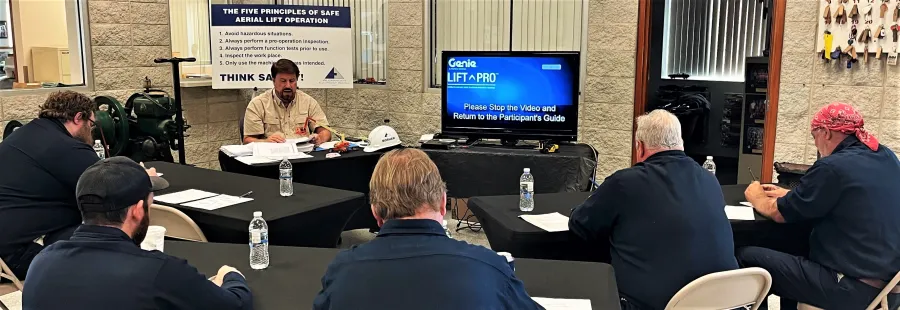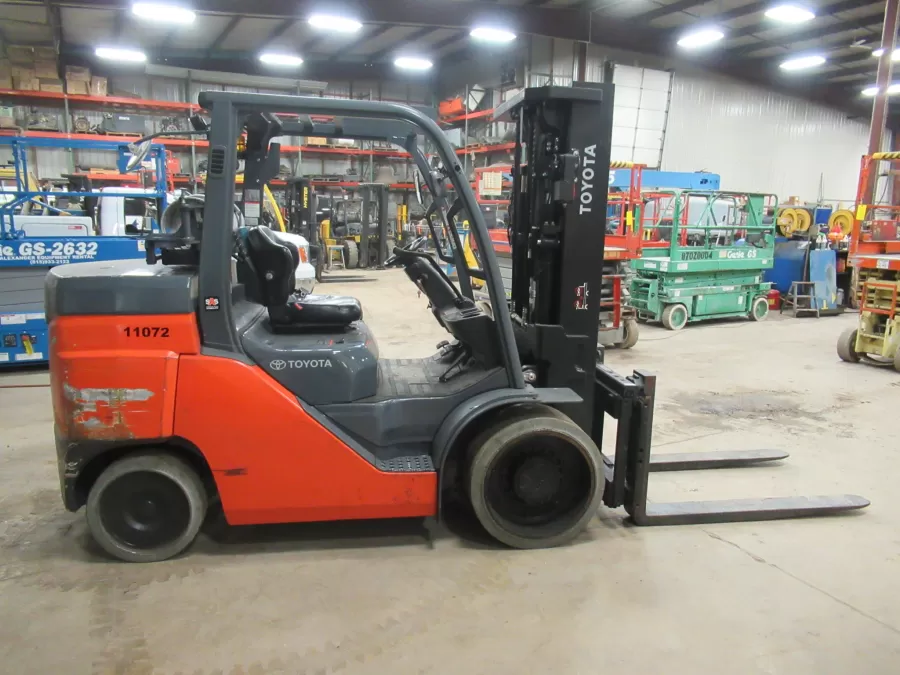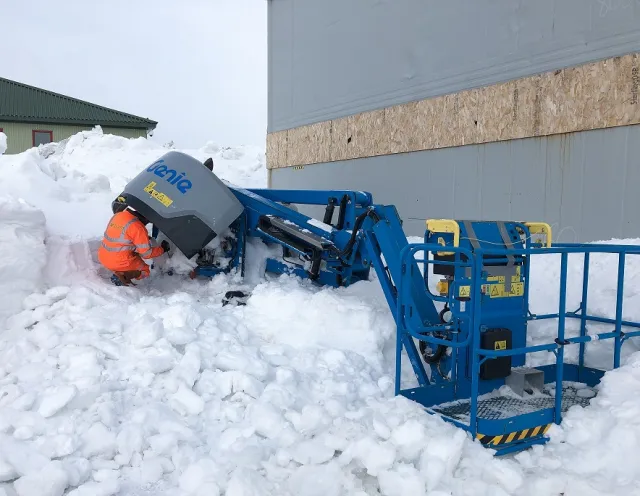EAP essential elements
Springtime is a good time to consider how prepared your company is for the potential of severe weather and other emergency situations.
Emergencies can happen without warning on the jobsite or in the workplace. People caught in an emergency situation often don’t have any time to think before the need react. They can be natural in origin such as tornados, hurricanes and earthquakes, or manmade as in the case of fire, explosions, chemical spills or an active shooter.
It is nearly impossible to be completely ready for an emergency situation, but you can minimize panic and danger to personnel by having an Emergency Action Plan (EAP) in place prior to a catastrophic event.
In addition to a written EAP, requiring employee training which includes assigning roles and responsibilities to ensure everyone knows what they’re expected to do during an emergency as well as regular drills, can be critical to the safety of all affected.
Things to consider when creating a comprehensive EAP
Does the plan consider all natural, manmade, internal and external sources and causes for potential emergency situations on your jobsite or in your workplace?
- Create a list of the most common causes for sudden emergency situations including but not limited to fire, explosions, severe weather and toxic chemical releases.
- Conduct a hazard assessment of the workplace to determine any existing conditions that could cause an emergency.
- Brainstorm worst case scenarios to determine what you would need to do and prepare appropriate responses.
- Keep a current list of contacts including key personnel, local emergency responders, agencies and contractors.
- The plan needs to include details such as how rescue operations will be performed as well as how medical assistance will be provided.
Evacuation vs. Shelter in Place
It is important to determine quickly if evacuation or sheltering in place is the safest thing to do.
Some situations call for immediate evacuation of the building or jobsite such as fire or explosion, and in other cases such as an approaching severe weather event or chemical spill in the area, sheltering in place in an interior room of a building may be the safest action to take.
Your EAP should list the specific situations that call for evacuation or sheltering in place and the qualified person authorized to make the decision.
If Evacuation is necessary
- There must be a way to alert personnel that evacuation is mandatory, such as an alarm with a continuous tone. Make sure that everyone is aware of what the distinctive alarm tone means by conducting regular training and posting signage.
- Determine the most efficient evacuation routes from the building or jobsite.
- Assign specific personnel/positions required to shut down critical systems after employees have been evacuated.
- Assign a rallying point to account for every person.
If Sheltering in Place is required
- There must be a way to alert employees and visitors to remain inside the building, such as an alarm with a pulsing tone, and make certain all employees and visitors know what the particular tone means and where to go by conducting regular training, posting signage, and using other forms of communication such as public address announcements.
- Assign important tasks to others, like locking exterior windows and doors and switching HVAC systems off as needed.
- Choose an appropriate interior space in advance and let everyone who might be impacted know where it is.
- Prepare a way to monitor the situation from outside such as cell phone, the internet, TV, or radio to determine when it’s safe to leave.
There are many outstanding resources online to help you consider all the possibilities when creating your written Emergency Action Plan.
This article is not intended to be the only reference source for creating a comprehensive EAP. Its intention is to get you thinking in the right direction and give you a good start toward making your plan as effective as possible.
Click here to check out what OSHA recommends for the development of your EAP.





